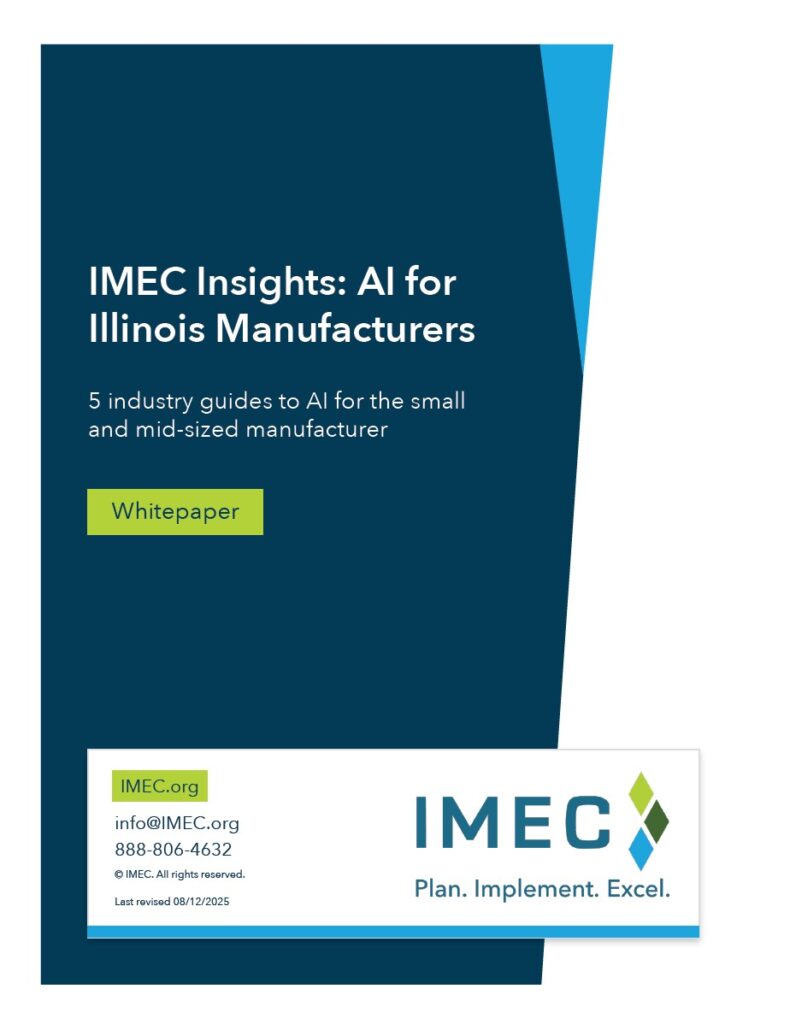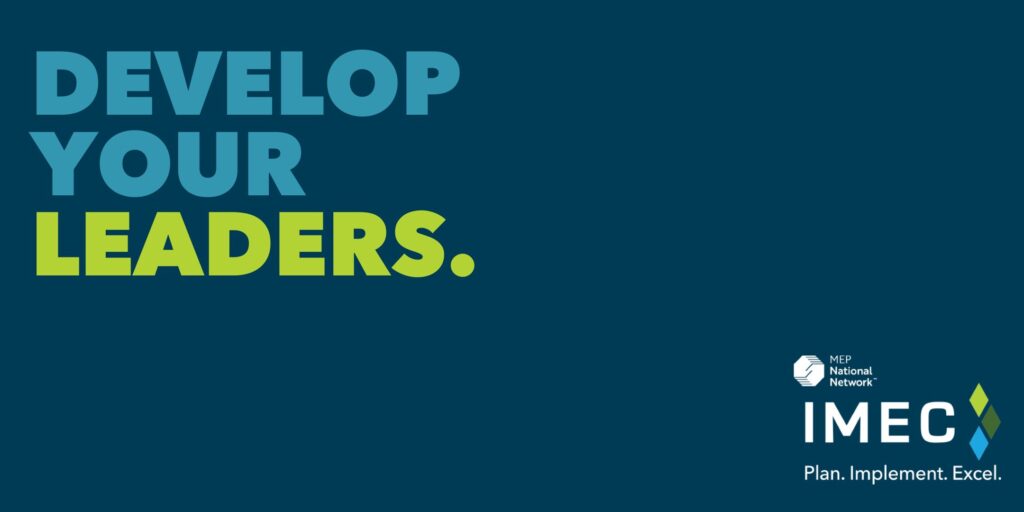Have you ever walked into a well-organized space and thought, Wow, this just makes sense? That’s the power of a great layout. Whether it’s a factory, warehouse, or office, how things are arranged can make or break efficiency.
In this blog, we’ll break down what facility layout is, the different types, and how you can design a setup that boosts productivity and keeps things running smoothly.
What Is Facility Layout?
Simply put, facility layout is how equipment, workstations, and employees are arranged within a space. The goal? To make operations as efficient, safe, and cost-effective as possible.
A well-planned layout reduces wasted time and effort, keeps materials moving seamlessly, and helps employees work comfortably and safely. Think of it like organizing your kitchen—when everything is where you need it, cooking is much easier. The same principle applies to manufacturing, logistics, and other industries.
The Different Types of Facility Layouts
Not all layouts work the same way. The best choice depends on what a company produces and how its operations are structured. Here’s a quick breakdown:
Process Layout (Job Shop): This setup groups similar machines or tasks together. Imagine a bakery where all mixing happens in one area, baking in another, and packaging in a third.
Pros:
Super flexible—great for custom orders.
Easy to adapt when demand shifts.
Cons:
Moving materials between processes can be inefficient.
Takes longer to complete products.
Product Layout (Assembly Line): This is the classic assembly line setup, where products move through a fixed sequence of steps—like a car manufacturing plant.
Pros:
Highly efficient and streamlined.
Cuts down material handling time.
Cons:
Not flexible—changes in product design may require a complete overhaul.
Higher costs due to specialized equipment.
Cellular Layout: Here, the facility is divided into small “cells,” each dedicated to a specific product family. Think of it like a mini production line for similar products.
Pros:
Reduces unnecessary movement of materials.
More flexible than a strict assembly line.
Cons:
Requires careful planning to group products correctly.
Can be costly to set up.
Fixed Position Layout: For large or complex products (like airplanes or ships), the product stays put while workers, tools, and materials come to it.
Pros:
Ideal for big, hard-to-move projects.
Reduces risk of product damage.
Cons:
Can be inefficient since everything has to be transported to the product.
Less flexibility for changes.
Combination Layout: As the name suggests, this blends two or more layout types. For example, a factory might use a product layout for mass production but a process layout for custom work.
Pros:
Customizable based on business needs.
Combines the best of different layouts.
Cons:
Can be tricky to manage effectively.
Requires careful coordination.
Why Facility Layout Matters
Facility layout isn’t just about where machines and employees go—it’s about how smoothly everything runs. Here’s why it’s a big deal:
- Boosts Efficiency – A well-organized space means less time wasted moving materials, searching for tools, or waiting for things to happen.
- Cuts Costs – Better layouts mean less wasted time, lower energy use, and fewer unnecessary steps, all leading to reduced expenses.
- Improves Product Quality – With the right setup, employees can work more accurately and efficiently, reducing errors and defects.
- Enhances Safety – Clear pathways, ergonomic design, and smart space planning help prevent accidents and keep employees safe.
- Increases Flexibility – As business needs change, a smart layout allows for easy adaptation without major disruptions.
How to Design an Effective Facility Layout
So, how do you create a layout that works? Here’s a simple step-by-step approach:
- Define Your Goals: Are you trying to speed up production? Reduce costs? Improve safety? Knowing your priorities will guide the design.
- Analyze Your Workflow: Look at how materials, products, and people move through your facility. Identify bottlenecks and areas where things slow down.
- Choose the Right Layout: Based on your workflow, decide which type of layout (or combination) makes the most sense.
- Plan for Flexibility: Business needs change, so design your layout to adapt easily to future growth or new processes.
- Test It Out: Before committing, use simulation tools or create a small-scale model to see how the layout works in practice.
- Implement and Improve: Once your layout is in place, keep an eye on how well it’s working. Gather feedback and tweak as needed to keep things running smoothly.
Final Thoughts
A great facility layout isn’t just about organization—it’s a key driver of efficiency, quality, and profitability. Whether you’re running a factory, warehouse, or retail space, the right setup can make all the difference.
By understanding your workflow, choosing the best layout, and continuously optimizing, you can create a space that supports productivity and long-term success.




